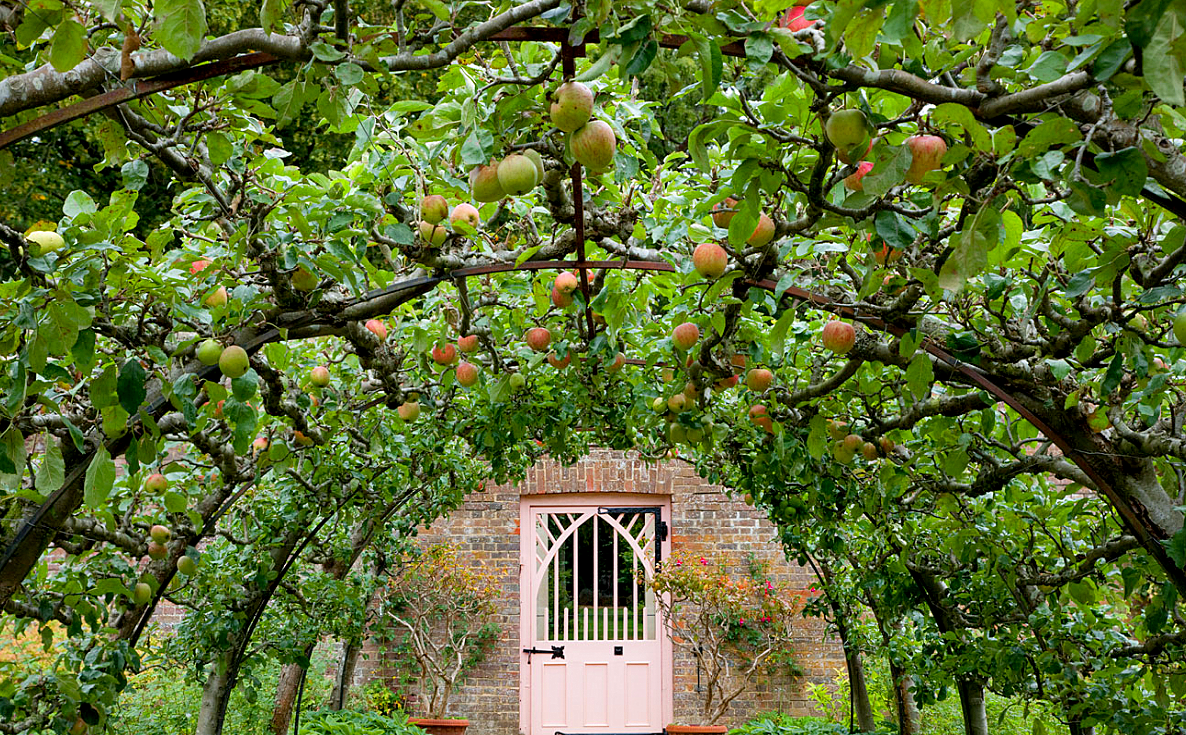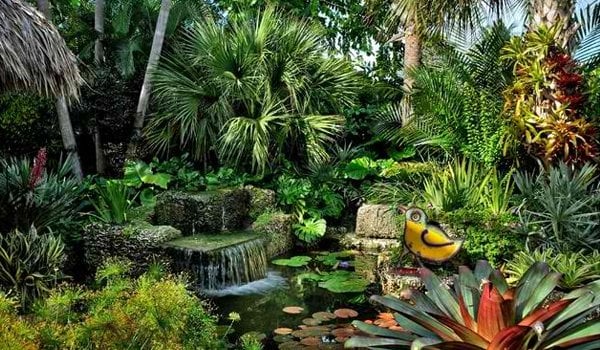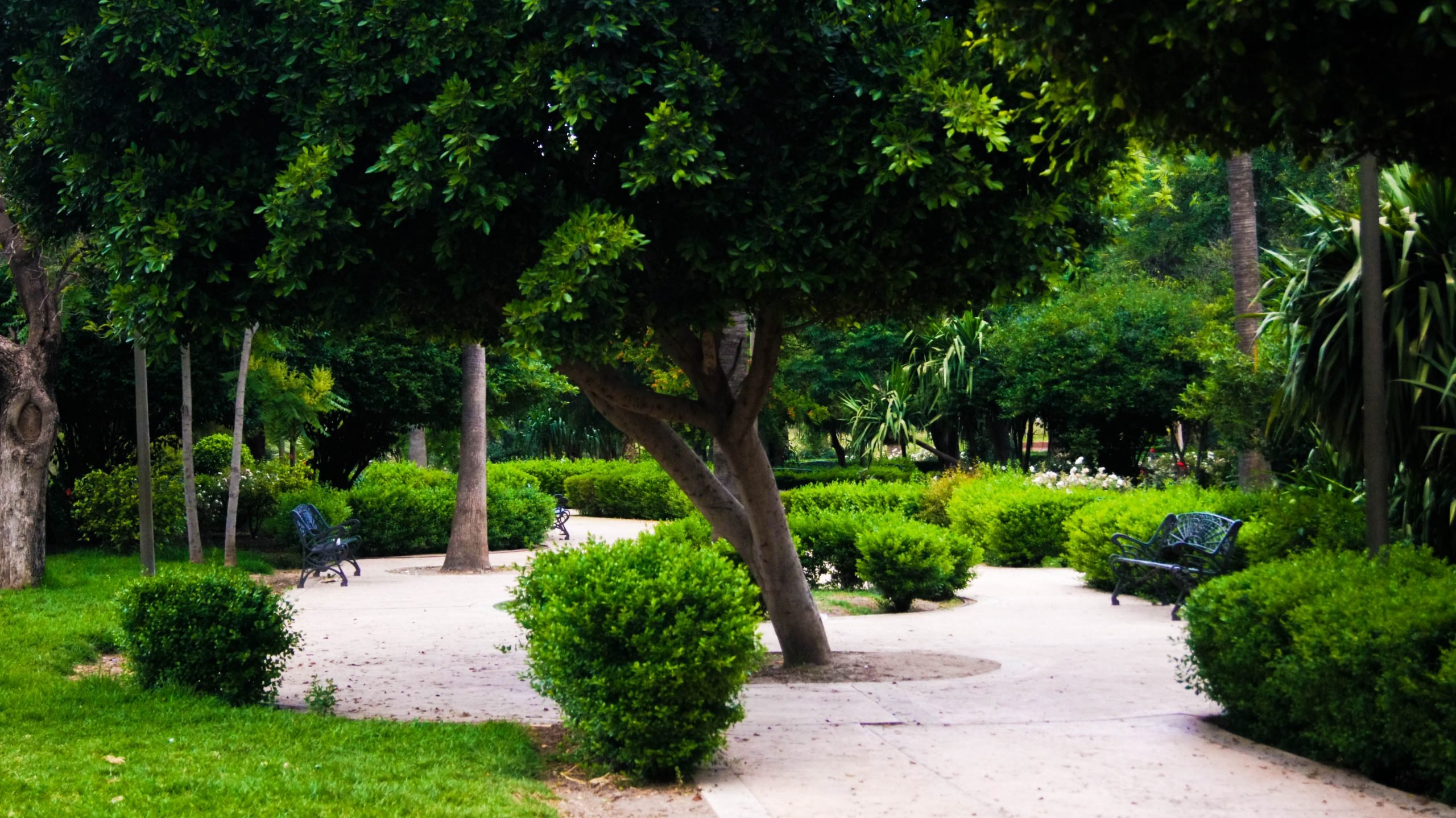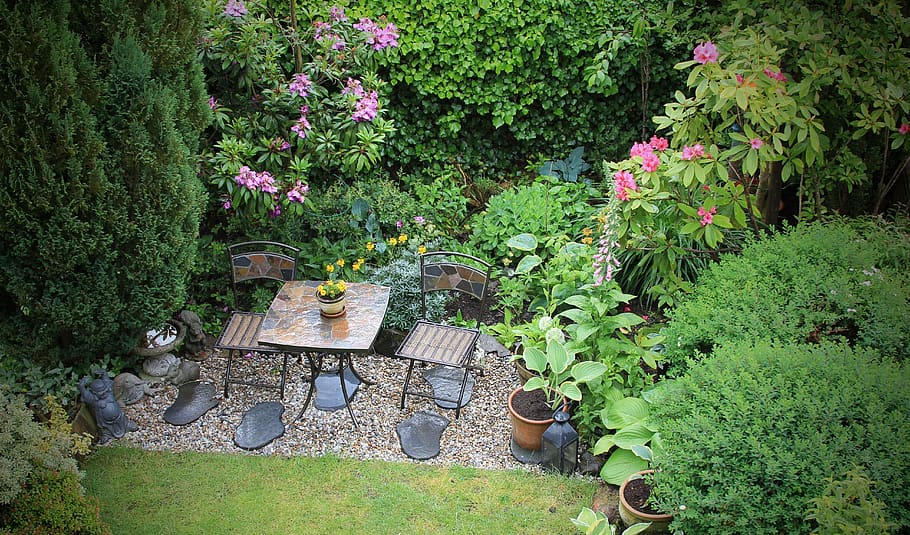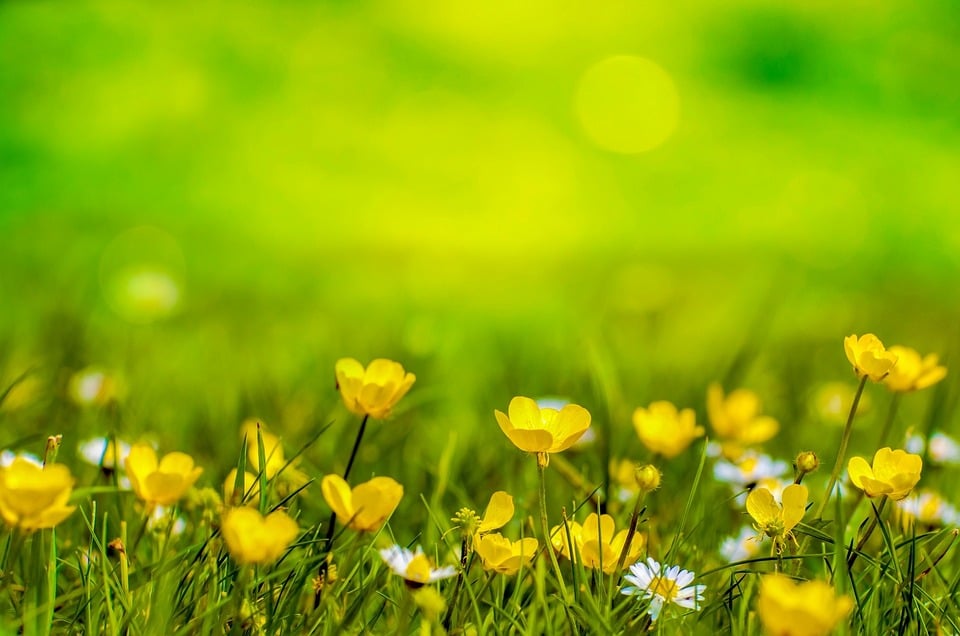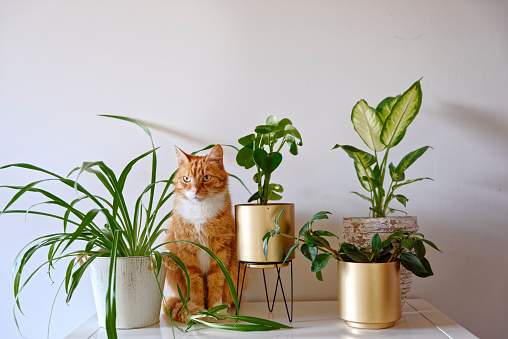How To Successfully Plant a Lavender Hedge
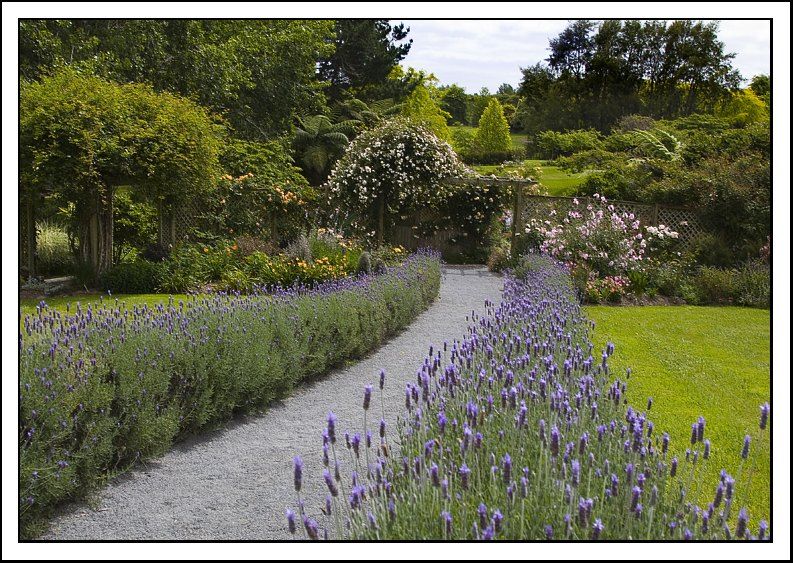
Table of Contents
Are you willing to plant a lavender hedge in your garden? Lavender plants look spectacular when planted in rows. They have beautiful foliage and pink flowers with silver calyces that shine under sunlight. These plants make a wonderful hedge and are ideal for bordering the pathways. A lavender hedge is usually disease and pest resistant and can be grown easily even if you’re new to gardening.
It needs well-draining soil and a good amount of sunlight to grow healthily. Lavender hedges grow up to a height of two feet and spread up to five feet.
When to Plant a Lavender Hedge?
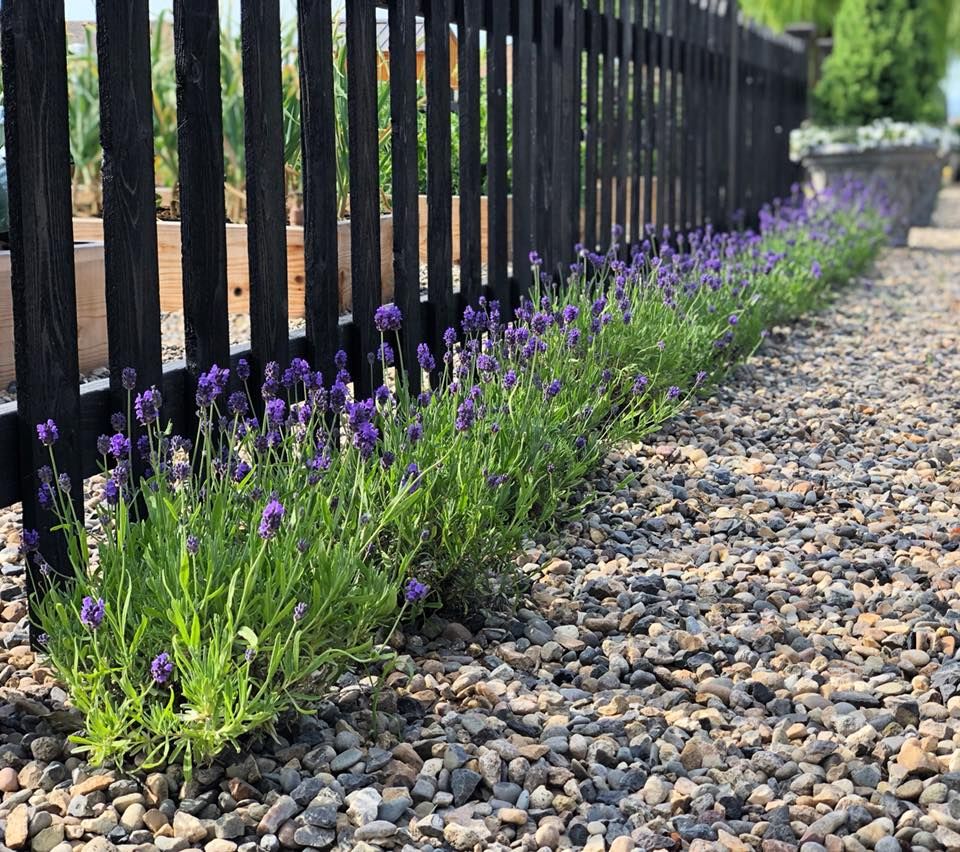
Ideally, you should start planting the lavender hedges during the fall and winter months. Decide about the type of plant you want to include in your garden. Wait until the soil is warm enough to plant the lavender hedges. In the United Kingdom, the ideal time is between mid-April and July end. During a cold spring, you should avoid planting a lavender hedge until May. Lavender roots grow quickly in warm soil.
How to Plant a Lavender Hedge?
- Use a fork and push it into the soil about 4-5 inches deep, then pull back a little, repeating the same process every 6 inches across the area where you want to plant the hedges. Plant each hedge around 10-12 inches apart. If the soil seems heavy, add grit before planting.
- The next step is to dig up a hole that is a little larger than the root ball of the plant.
- Use your fingers to loosen up the roots gently. Remove the plant from the pot and place it in the soil. Refill the gap and make the soil firm near the base.
- Water the hedges thoroughly. Aim for the roots. Once planted, keep watering the plants regularly until well-established. Once established, the plant doesn’t need much maintenance.
- If you’re cultivating lavender in a garden bed, you only need to water the plant during long drought periods. Water the plant early in the morning so that water evaporates during the day. Water the plant close to the ground so that the leaves and flowers do not come into direct contact with water. Otherwise, it might cause fungal growth.
- During the winter months, lavender plants grown in pots and containers need more watering compared to those planted in open grounds. Lavender hedges planted in the garden should be watered only when required. If the water present in the soil freezes because of cold, the roots can get damaged.
Factors Affecting the Growth of Lavander Hedge
1. Sunlight
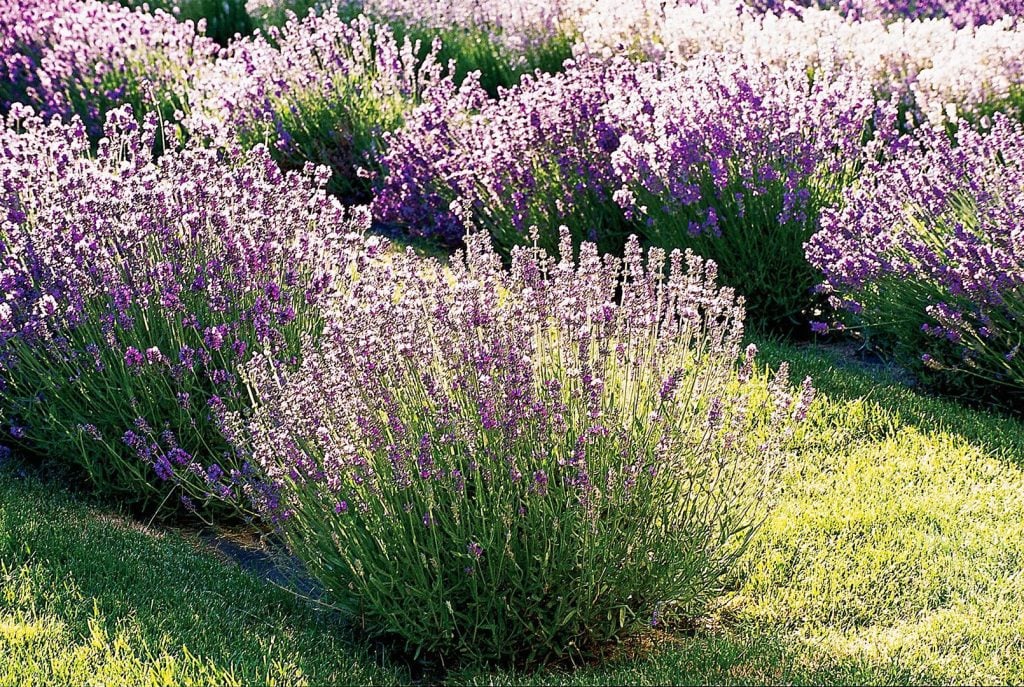
Lavender plants grow well under full sunlight. They need sunlight for at least half a day. Unfiltered sunlight is essential for them since shadows or dappled shade can slow down the photosynthesis process. However, it can survive if there are a few cloudy days, yet nothing is blocking the sunlight. Usually, they grow healthily in USDA zones 5-9. If you live in regions with cloudy weather, you can grow a variety called ‘Royal Velvet’, ‘Hidcote’, or Spanish Lavender, as they thrive well under such conditions. Ensure that there is enough spacing for the circulation of air. Sufficient sun exposure can give an abundant amount of fragrant blooms. Direct sunlight also reduces the risk of catching a disease or fungal pathogens attacking the lavender plant.
2. Soil Considerations
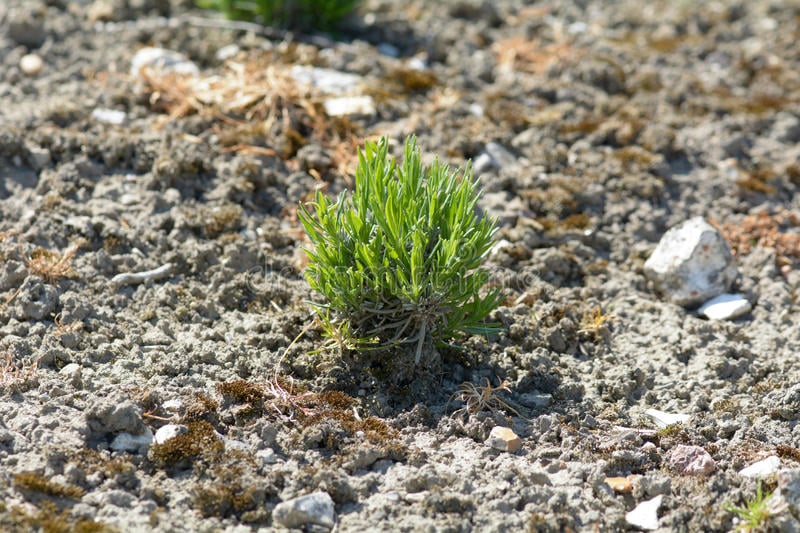
Lavender plants prefer soils that have a pH of 6.4 – 8.3. It is recommended to test the soil before planting a lavender shrub. In case the soil is very acidic or alkaline, you will have to use a supplement to achieve a good pH range. You can add ground lime or dolomite to acidic soil to help create some alkalinity. The plant will not thrive well in damp or heavy soil. It needs well-draining soil that is moderately rich and alkaline. Standing water or wet areas can cause root rot.
3. Fertilizer
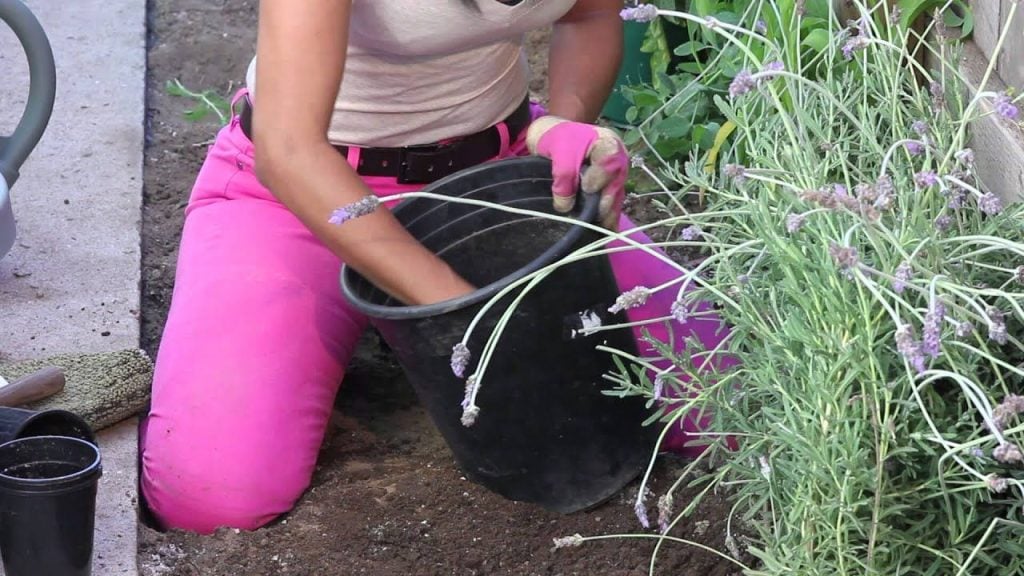
The lavender plant doesn’t need a huge amount of fertilizer. If you put too much fertilizer, the plant’s growth will be hindered. SF Gate recommends using a fertilizer that has low nitrogen content to make the soil nutrient rich. This promotes better growth and blooming of the lavender.
4. Water
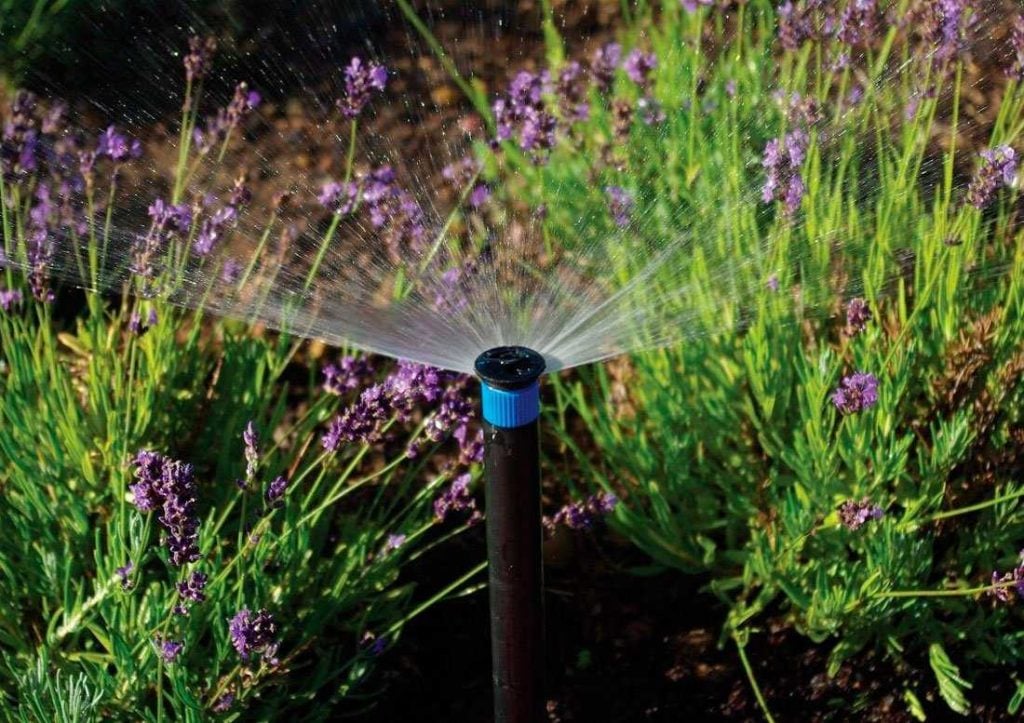
How often should a lavender plant be watered depends on multiple factors, like whether it has been planted recently, where it is planted, the amount of rainfall the plant has received within the last two weeks, and the season when it has been planted.
A newly planted lavender must be watered on alternate days during the first week. If it is planted during spring or summer, water once every three days. Once the plant is established, it almost becomes drought-resistant and doesn’t need to be watered often. You must water the plant once every two to three weeks during the first year until t starts blooming. After that, you can water the plant once or twice every week until harvesting.
5. Pruning
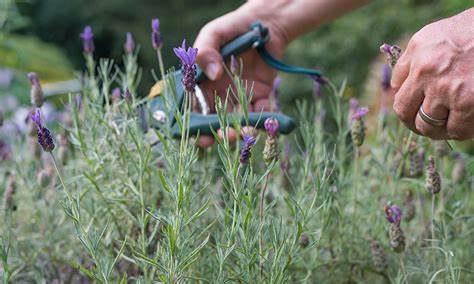
Pruning is essential when it comes to growing lavender plants healthily. It helps maintain the plant’s shape and size. Ideally, the lavender must be trimmed in the shape of a dome so that it grows and progresses well. Start off by pruning all the dead flowers. It is recommended to cut off around 1/3rd of its stem. If it’s a low-growing variety, you must trim at least 2-3 inches right above the area where the stem starts changing colour. The lavender plant’s wood is very fragile, hence never cut as low as the base of the wood. Otherwise, it will not grow back. Pruning during spring will make the lavender bushier and will help create a denser and fuller hedge. Pruning also encourages flowering. You should prune the lavender plant in the second year of its growth. Do this once or twice every year.
6. Air Circulation
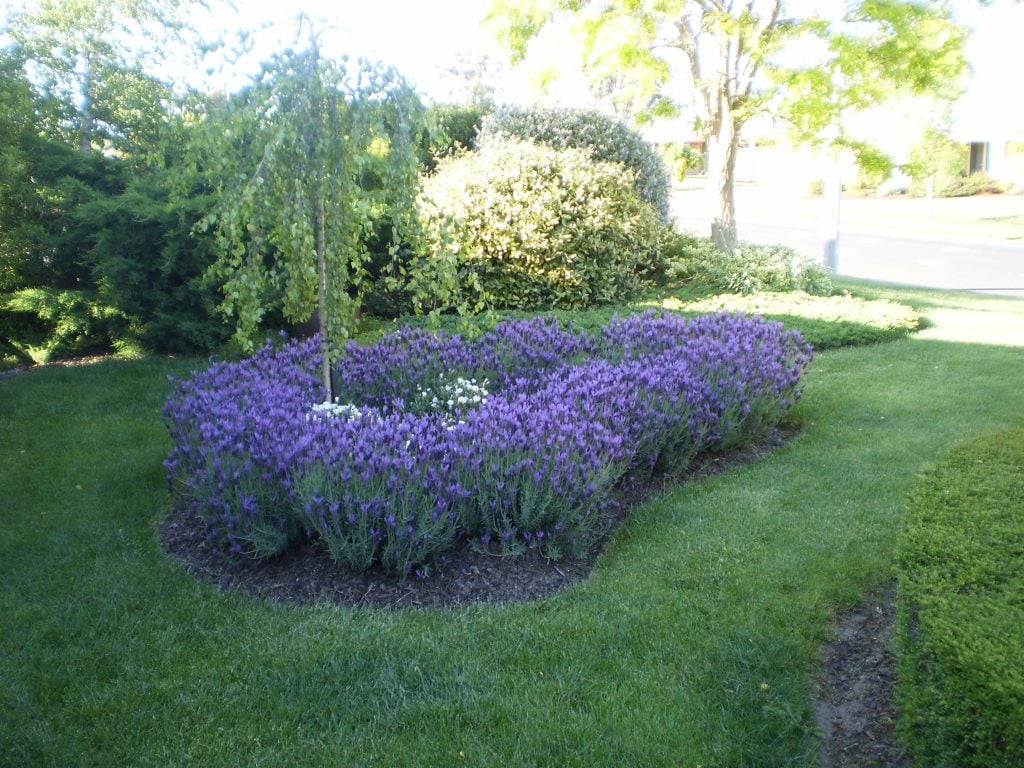
The lavender plant needs good air circulation since it is prone to developing mildew or mould. Pruning during the spring months ensures adequate airflow. While planting lavender hedges, make sure not to plant them too close to each other. If the lavender hedges are cramped together, they will not get enough airflow. Additionally, if the plants are very close, they will have to compete with one another for water and nutrition, making it difficult to thrive.
What Type of Lavender is Ideal for Hedges?
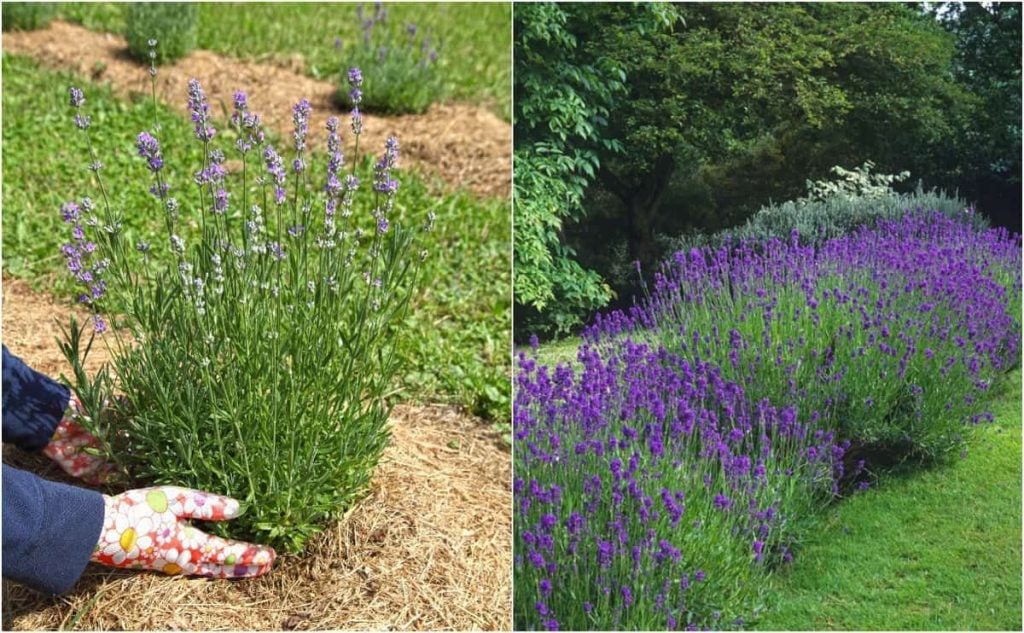
1. Lavender Augustifolia
It is also commonly referred to as Common Lavender, English Lavender, True Lavender, and Purple Lavender and is the most common type of lavender that can be grown in hedges. This lavender is mostly harvested for flowers and essential oils from late spring to mid-summer. Some lavender varieties in the lavender Augustifolia family ideal for planting in hedges include Folgate, Betty’s Blue, Miss Katherine, Nana Alba, Munstead, Rosea, Royal Velvet, and Royal Purple. These varieties make a wonderful low hedge, hence are ideal for planting along walkways. These plants reach a height of 2-3 feet at full maturity. They are known for their vibrant colours and distinct fragrance.
2. Lavendula x intermedia
Another lavender type ideal for planting in hedges is Lavendula x intermedia. It is also called Lavandin. It is less hardy and produces a wonderful fragrance. It grows taller than the Lavender Augustifolia. Some varieties of Lavandin ideal for hedges include Grey Hedge Lavender, Gross Lavender, Hidcote White or Alba Lavandin, Grappenhall Lavender, Margaret Lavandin, and Lullingstone Castle Lavender. Lavandin is a hybrid, i.e., it is a combination of Portuguese Lavender and English Lavender.
3. Lavender Dentata or French lavender
Lavender Dentata or French lavender can also be grown in hedges. It is a very low-maintenance plant that can be grown with minimal effort. It flowers from early summer till late autumn. French lavender bears light purple flowers with a strong fragrance. The plant reaches a height of 36 inches.
4. Spanish Lavender
Spanish Lavender is an eye-catching variety that can be grown in hedges easily. It bears beautiful flowers and instantly creates visual interest in the passers-by. Spanish Lavender thrives well in warm climates. They can grow up to 18-24 inches.
Conclusion
Follow the tips mentioned above to get good growth of lavender plants. A lavender hedge can be a colourful and eye-catching addition to your garden. Once the plant is established, it will add exceptional beauty to your garden.
With a few precautions and easy-to-follow tips and tricks, you can grow and maintain the plant easily. These plants will not only amplify the look of your garden but also produce mesmerizing fragrance.
But remember not to overwater them, and don’t add a huge amount of fertilizer if you want to grow them in a healthy way.
Frequently Asked Questions
What Type of Lavender is Best for a Hedge?
Old English Lavender is one of the best choices for creating low hedges. Lavender Augustifolia bears flowers during summer and attracts butterflies and bees.
What is the Best Time of Year to Plant Lavender?
Spring is the best time of the year to plant lavender plants or lavender hedges. Ideally, lavender plants must be planted in April, when the soil starts to become warm. Lavender plants prefer dry and warm soil in the spring months. The wet and cold conditions of winter can leave the plant vulnerable and prone to damage.
How Far Apart Should Lavender Hedges Be?
For informal plantations, it is suggested to keep a gap of 45cm – 90cm between each plant, depending on the area it occupies when fully grown. If you wish to plant lavenders in hedges, keep a gap of 24 inches between each plant.
Can Lavender Be Used as a Hedge?
English Lavender, or Common Lavender, bears colourful flowers from late spring till mid-summer. This variety is ideal for growing along the edges, in hedges, and for mass plantings.
Where is the Best Place to Plant Lavender?
Lavender plants grow best in full sun and dry, well-draining soil. You can plant them along a pathway, patio or pollinator garden, or herb garden.

